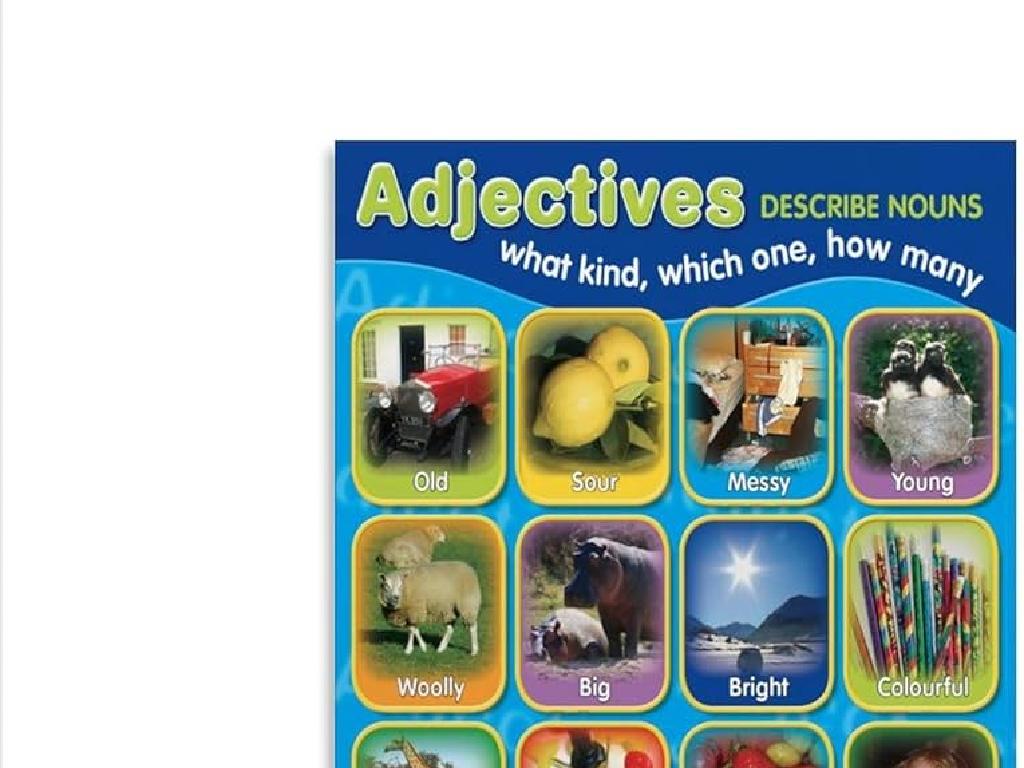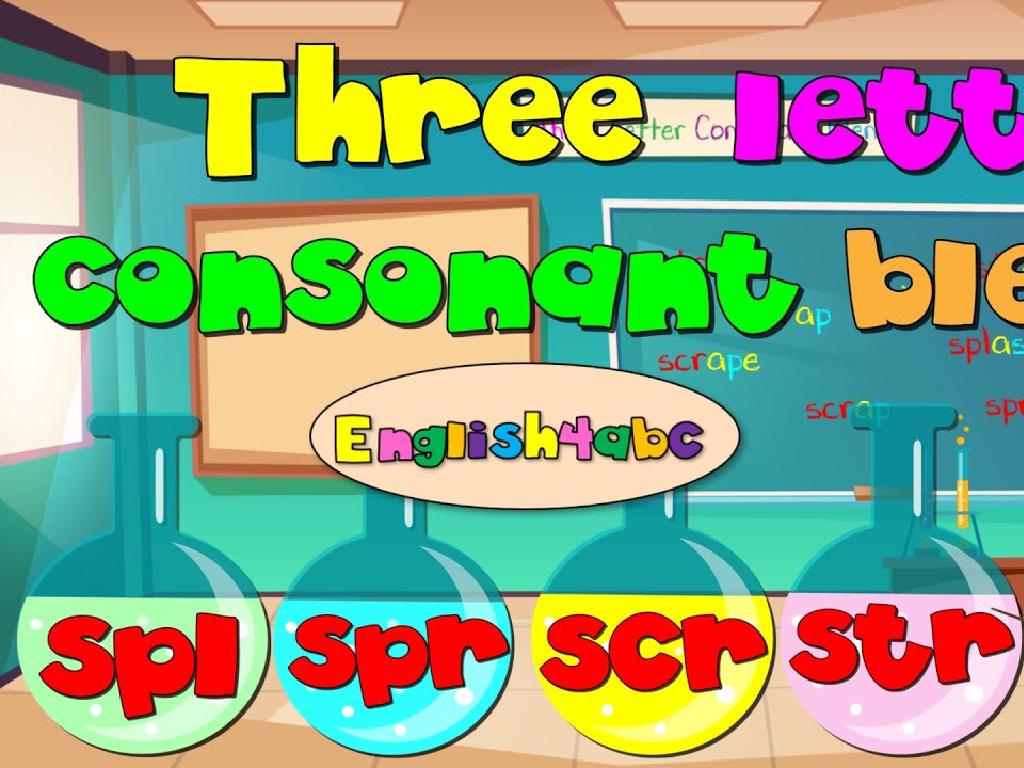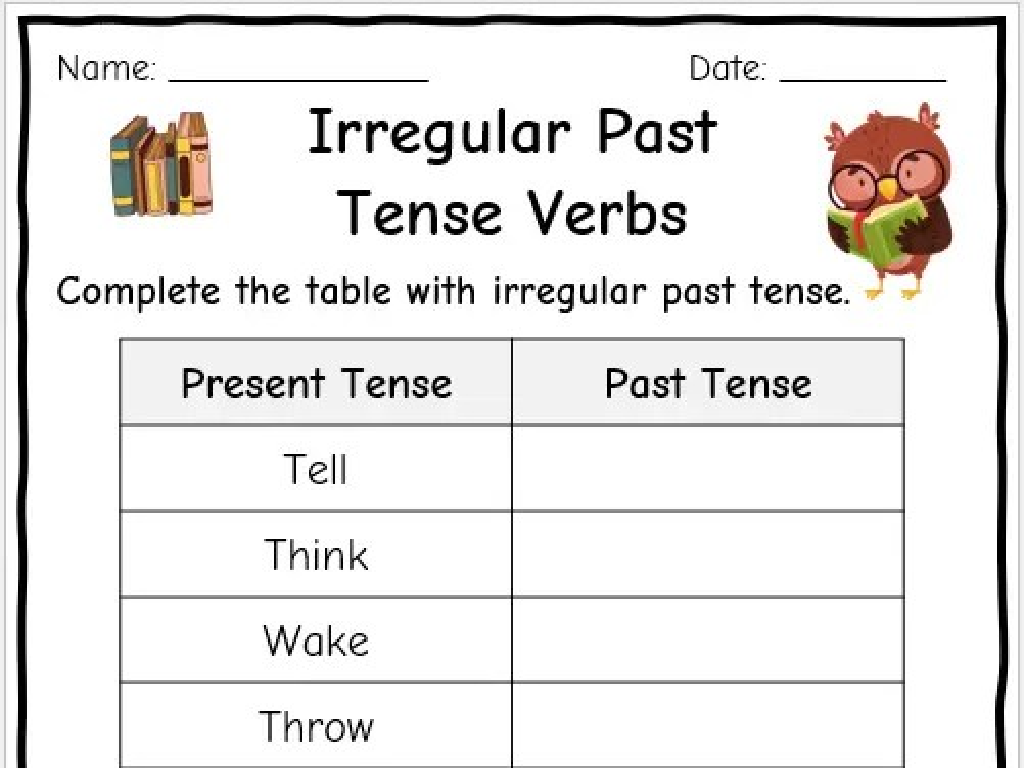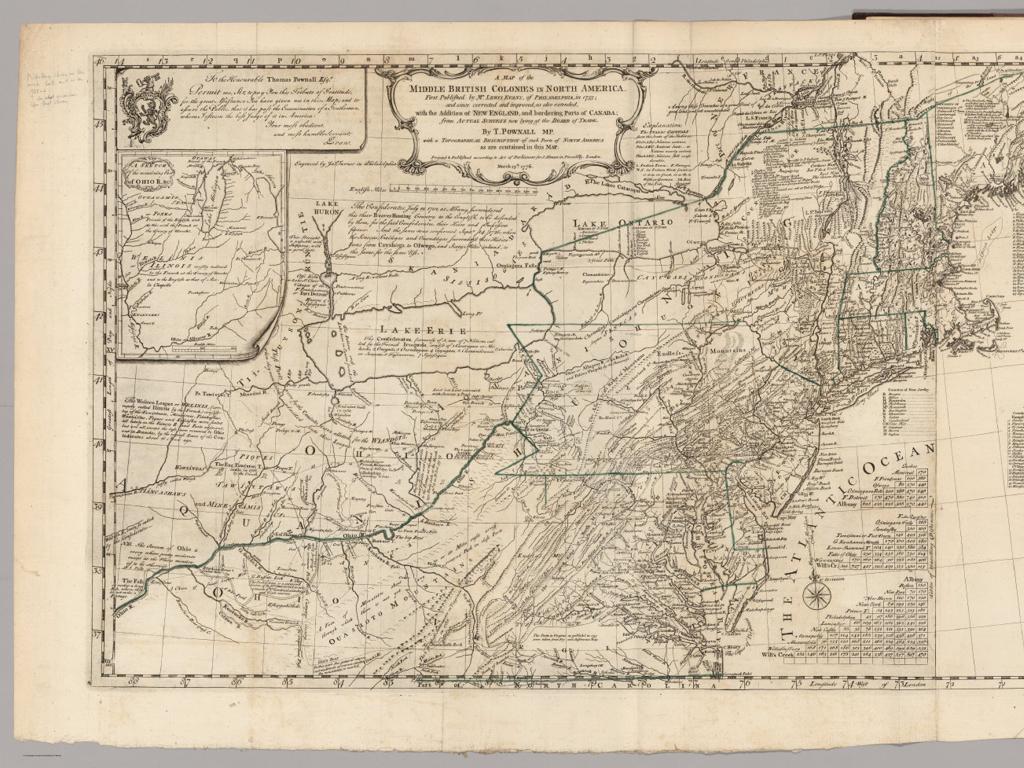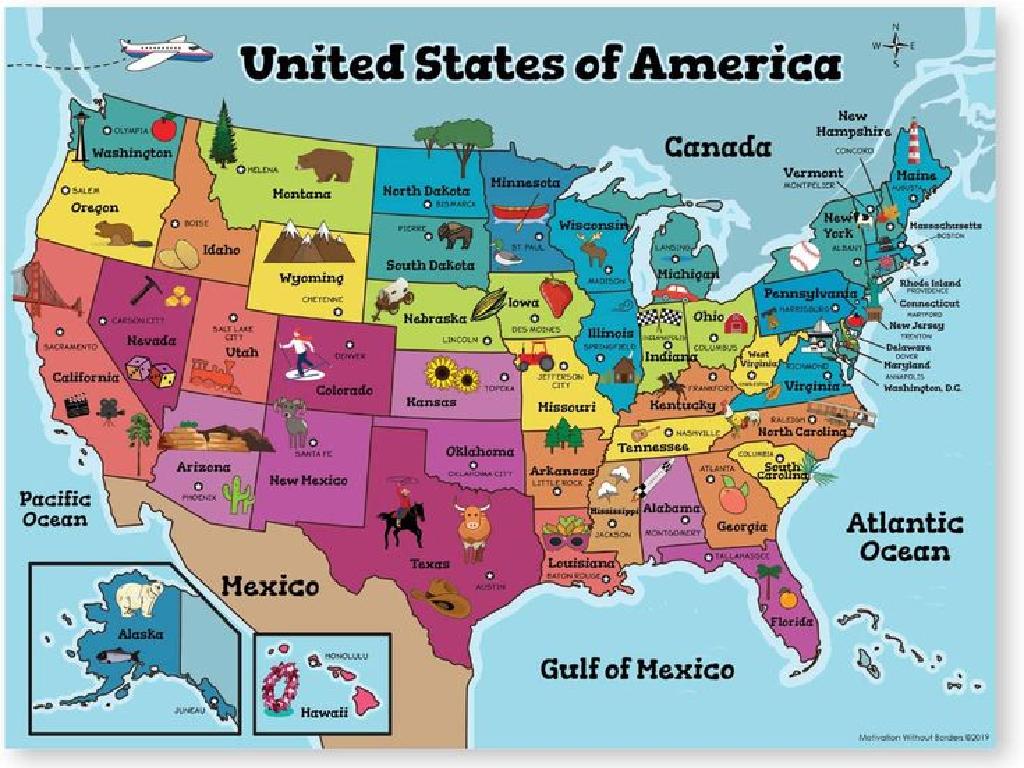Interpret Food Webs Ii
Subject: Science
Grade: Seventh grade
Topic: Ecological Interactions
Please LOG IN to download the presentation. Access is available to registered users only.
View More Content
Interpreting Food Webs II: Ecological Interactions
– Ecology & our environment
– Ecological interactions overview
– How organisms relate within an ecosystem
– Dive into food webs
– Visual maps of who eats whom in nature
– Today’s focus: Interpreting Food Webs II
|
This slide introduces the concept of ecological interactions with a focus on food webs, which are crucial for understanding how organisms interact within their environment. Begin by discussing the importance of ecology in understanding our surroundings and the balance of nature. Provide a brief overview of different types of ecological interactions such as predation, competition, and symbiosis. Emphasize the role of food webs in illustrating these interactions by showing who eats whom in an ecosystem. The main focus for today’s lesson is on interpreting food webs, which will help students grasp the complexity and interdependence of organisms in nature. Encourage students to think about the consequences of changes within a food web, such as the removal of a species, and how that might affect the entire ecosystem.
Recap: Food Chains and Food Webs
– Define a Food Chain
– A sequence of organisms where each is food for the next
– Food Webs vs. Food Chains
– Food webs show complex networks of feeding relations
– Examples within a Food Web
– Grass Rabbit Fox demonstrates a simple chain in a larger web
– Interconnectedness of Species
– Species rely on multiple others for survival, not just one
|
This slide is a recap of the concepts of food chains and food webs, aiming to solidify the students’ understanding of these fundamental ecological interactions. Begin by defining a food chain as a linear sequence of organisms where each is prey to the next. Contrast this with food webs, which are more complex and realistic representations of the feeding relationships in an ecosystem. Provide examples of food chains that exist within a larger food web to illustrate the concept. Emphasize the interconnectedness of species within an ecosystem, highlighting that most organisms depend on multiple other species for their survival, not just one. This interconnectedness is what makes food webs a more accurate depiction of ecological relationships than simple food chains.
Components of a Food Web
– Producers: Food Web Foundation
– Plants and algae make their own food using sunlight.
– Consumers: Various Feeding Roles
– Herbivores eat plants, carnivores eat meat, and omnivores eat both.
– Decomposers: Ecosystem Recyclers
– Organisms like fungi and bacteria break down dead matter.
– Interdependence in Food Webs
|
This slide introduces the basic components of a food web, which is a more complex representation of food chains in an ecosystem. Producers, such as plants and algae, are the foundation as they create energy through photosynthesis. Consumers are categorized based on their diet: herbivores consume plants, carnivores prey on other animals, and omnivores eat a combination of both. Decomposers play a crucial role by breaking down dead organisms, returning nutrients to the soil, and maintaining the balance of the ecosystem. Understanding the interdependence of these components helps students grasp the complexity and balance of ecological interactions. Encourage students to think of examples within each category and discuss how they might be connected in a food web.
Energy Flow in Food Webs
– Understanding Trophic Levels
– Trophic levels are steps in the food chain, each representing a different level of energy consumption.
– Energy Transfer Efficiency
– Only about 10% of energy is transferred from one trophic level to the next.
– Sun’s Role in Energy Flow
– The sun is the primary energy source for most food webs, providing energy for producers.
– Analyzing a Food Web
|
This slide introduces students to the concept of energy flow within food webs, emphasizing the importance of trophic levels, energy transfer efficiency, and the sun’s role. Start by explaining that trophic levels are like steps on a ladder, with each step representing a different group in the food web, from producers at the bottom to apex predators at the top. Discuss how energy is not efficiently transferred between these levels, with a significant amount lost as heat at each step, which is known as the 10% rule. Highlight the sun as the ultimate source of energy for all life on Earth, driving the entire food web by providing energy for photosynthesis in plants. Conclude by having students analyze a food web diagram to identify these concepts in action. The detailed notes will help guide the teacher through the discussion and ensure that students grasp these foundational ecological principles.
Interactions within a Food Web
– Understanding Predator-Prey Dynamics
– Predators hunt prey, controlling population sizes.
– Keystone Species and Their Impact
– Keystone species play a critical role in maintaining the structure of an ecological community.
– Exploring Symbiotic Relationships
– Symbiosis: close interactions between different species.
– Mutualism, Commensalism, Parasitism
– Mutualism benefits both, Commensalism benefits one without harming the other, Parasitism benefits one at the expense of the other.
|
This slide aims to explain the complex interactions within a food web. Start by discussing predator-prey relationships, highlighting how predators can influence the population and behavior of prey species, and vice versa. Introduce the concept of keystone species, emphasizing their importance in preserving the overall balance and diversity of an ecosystem. Then, delve into symbiotic relationships, explaining how mutualism, commensalism, and parasitism differ in terms of the benefits or harm they bring to the organisms involved. Use examples relevant to the students’ local environment to illustrate these concepts, such as bees and flowers (mutualism), barnacles on whales (commensalism), and ticks on mammals (parasitism). Encourage students to think of other examples and consider the wide-reaching effects of these interactions on the food web.
Analyzing a Food Web: Species Roles & Environmental Impact
– Identify species in a food web
– Producers, consumers, decomposers: each has a unique role.
– Effects of species removal
– Removing a species can disrupt the balance, affecting others.
– Predict environmental change impacts
– Changes like climate or habitat loss can alter the web dynamics.
– Understand species interdependence
– Species rely on each other for survival, forming a complex web.
|
This slide aims to delve into the complexity of food webs by examining the roles of different species within an ecosystem and the potential ripple effects of changes within that system. Students should learn to identify producers, consumers, and decomposers, and understand how each group is interconnected. Discuss the consequences of removing a species, such as a predator or a key plant, and how this can lead to imbalances. Encourage students to think critically about how environmental changes, such as global warming or deforestation, can impact these delicate systems. Use specific examples to illustrate these points, such as the reintroduction of wolves to Yellowstone and how it affected the entire park’s ecosystem.
Case Study: Our Local Food Web
– Examine our region’s food web
– Look at the interconnected feeding relationships in our area
– Discuss species significance
– Each species has a role, like pollinators or decomposers
– Identify threats to the food web
– Habitat loss, pollution, invasive species can disrupt the web
– Explore conservation strategies
– Discuss how we can protect our local ecosystem
|
This slide aims to engage students with a case study of a local food web, highlighting the interconnectedness of species within our own region. Students should examine the roles of different species and how they contribute to the ecological balance. Emphasize the importance of each species, no matter how small, in maintaining the structure of the food web. Discuss potential threats such as habitat destruction, climate change, and invasive species that can impact the stability of the local ecosystem. Finally, brainstorm with the class on possible conservation efforts that can be taken to protect and sustain the local food web. Encourage students to think critically about human impacts on the environment and the importance of biodiversity.
Class Activity: Construct Your Own Food Web
– Build a food web with species cards
– Discuss each organism’s role
– Is it a producer, consumer, or decomposer?
– Present your food web to the class
– Reflect on the interconnectedness
– How does each species affect the others?
|
This activity is designed to help students understand the complexity and interdependence within ecosystems. Provide students with species cards that include various plants, herbivores, carnivores, omnivores, and decomposers. Instruct them to arrange these cards to form a food web, showing who eats whom. Encourage discussion about the role of each organism (producer, consumer, decomposer) and how they contribute to the flow of energy through the ecosystem. After constructing their food webs, students will present to the class, explaining their reasoning and the connections they’ve made. This will foster public speaking skills and peer learning. As a teacher, be prepared to guide them through the process, offer insights, and pose questions that prompt deeper thinking about ecological interactions.
Conclusion: The Web of Life
– Review of food web concepts
– Each species’ role in ecosystems
– Keystone species vs. other species
– Reflect on ecosystem balance
– Consider what happens if a species is removed
– Engage in Q&A session
|
As we wrap up our lesson on food webs, it’s crucial to revisit the key concepts and ensure students understand the intricate connections between different species within an ecosystem. Emphasize the role of each species, particularly keystone species, which have a disproportionately large effect on their environment. Encourage students to think about the ripple effects of removing one species from a food web, highlighting the importance of balance in an ecosystem. Conclude with a Q&A session to address any uncertainties and to foster a deeper understanding of the material covered.

